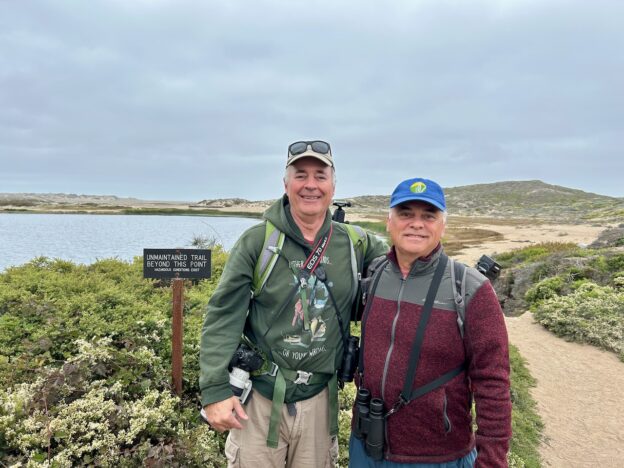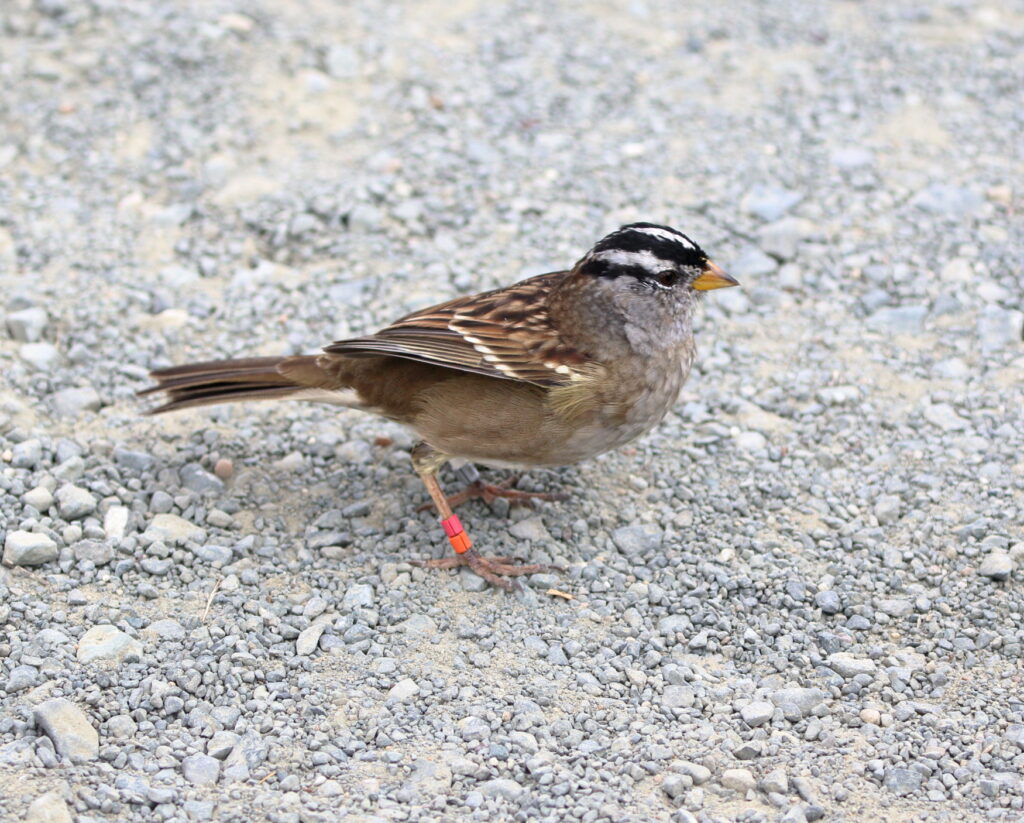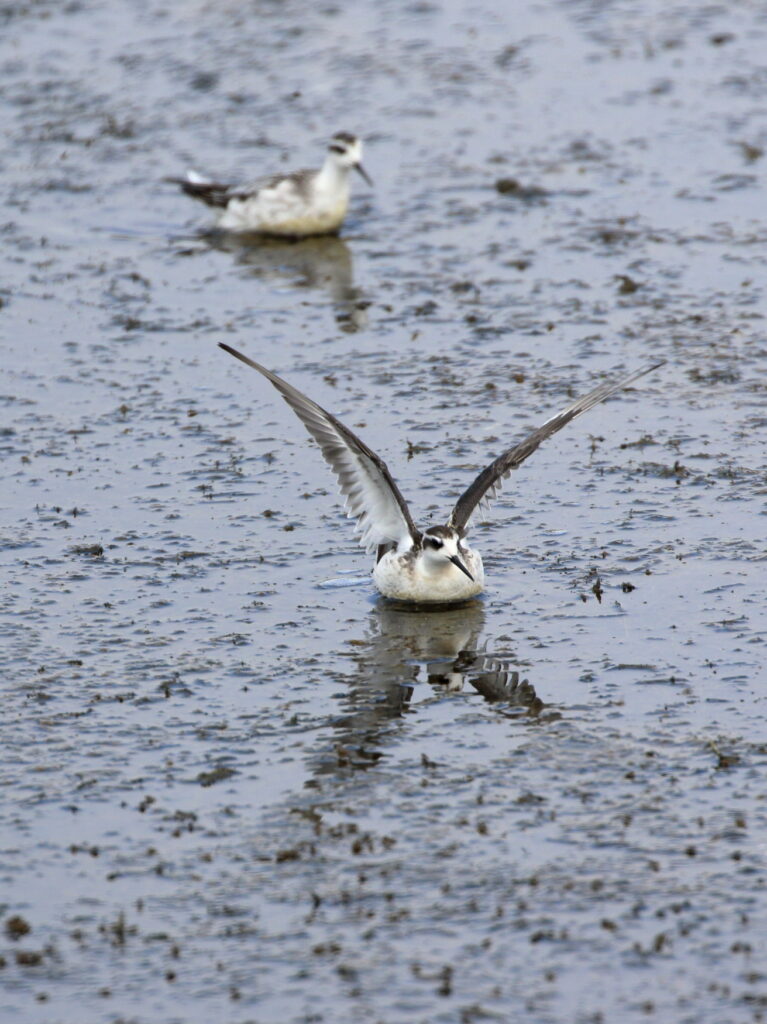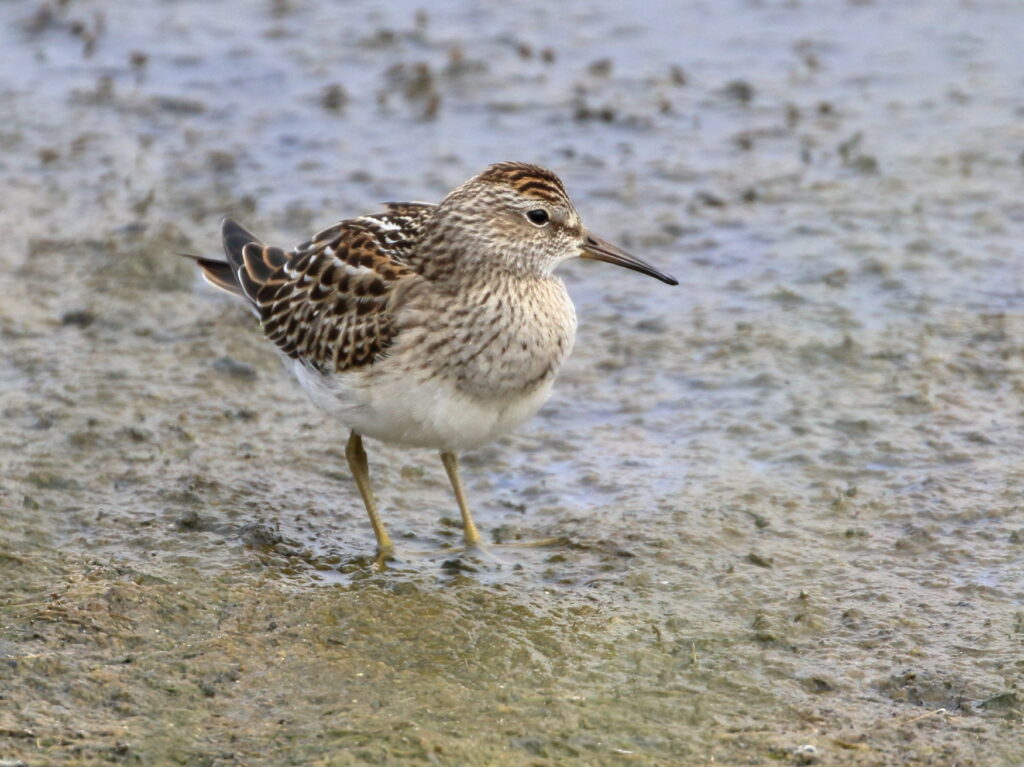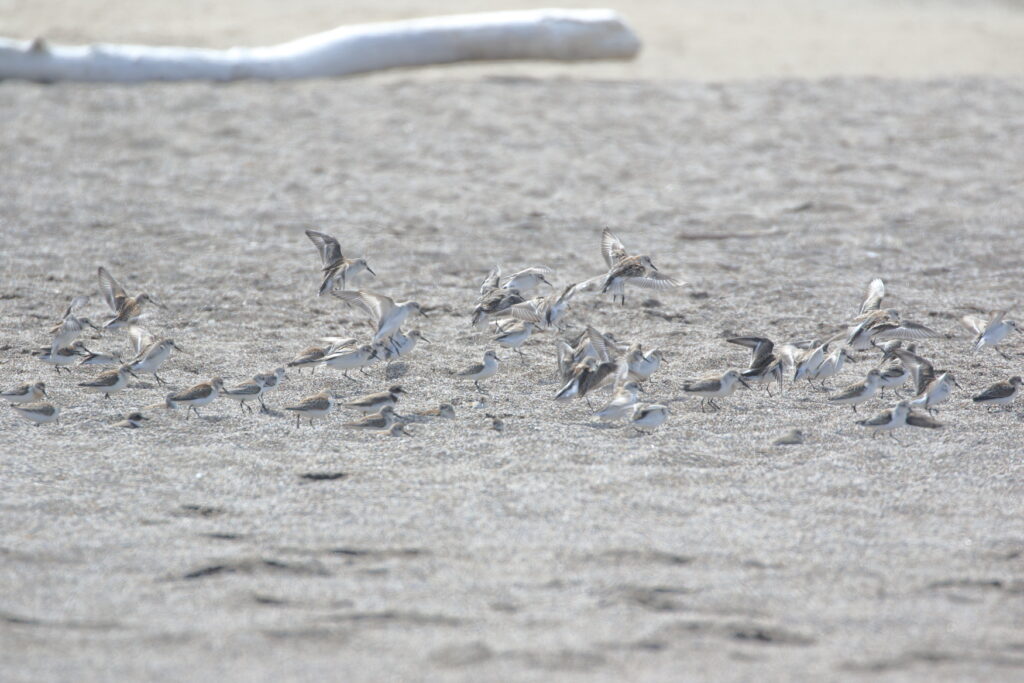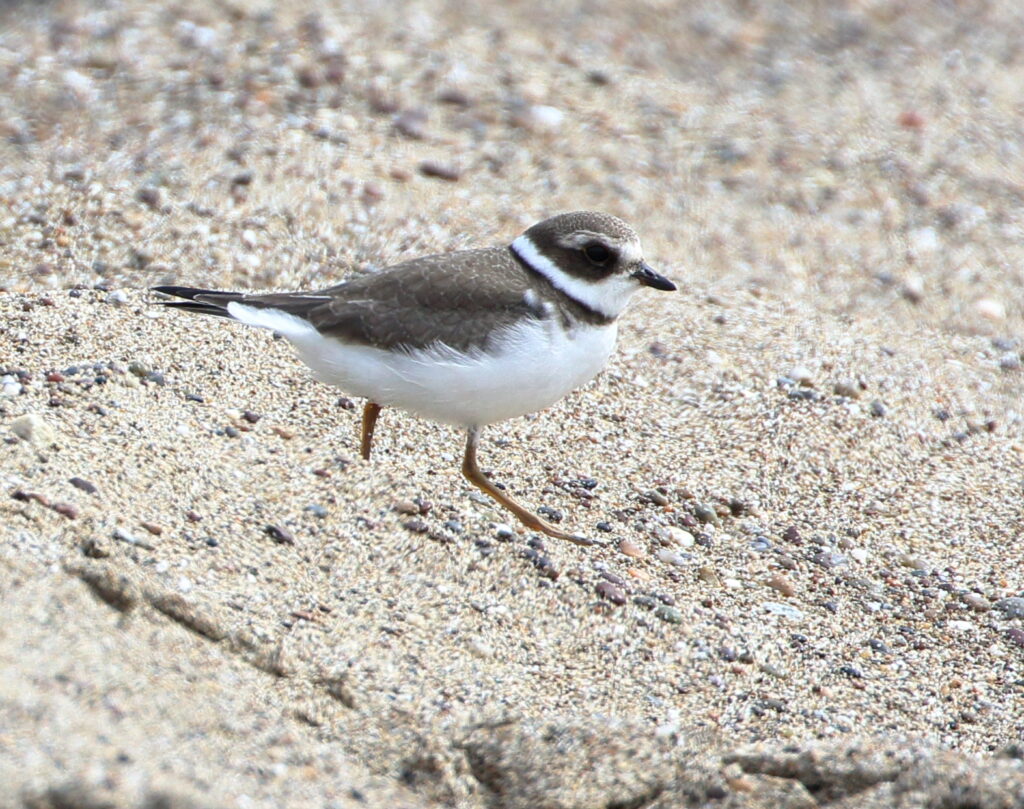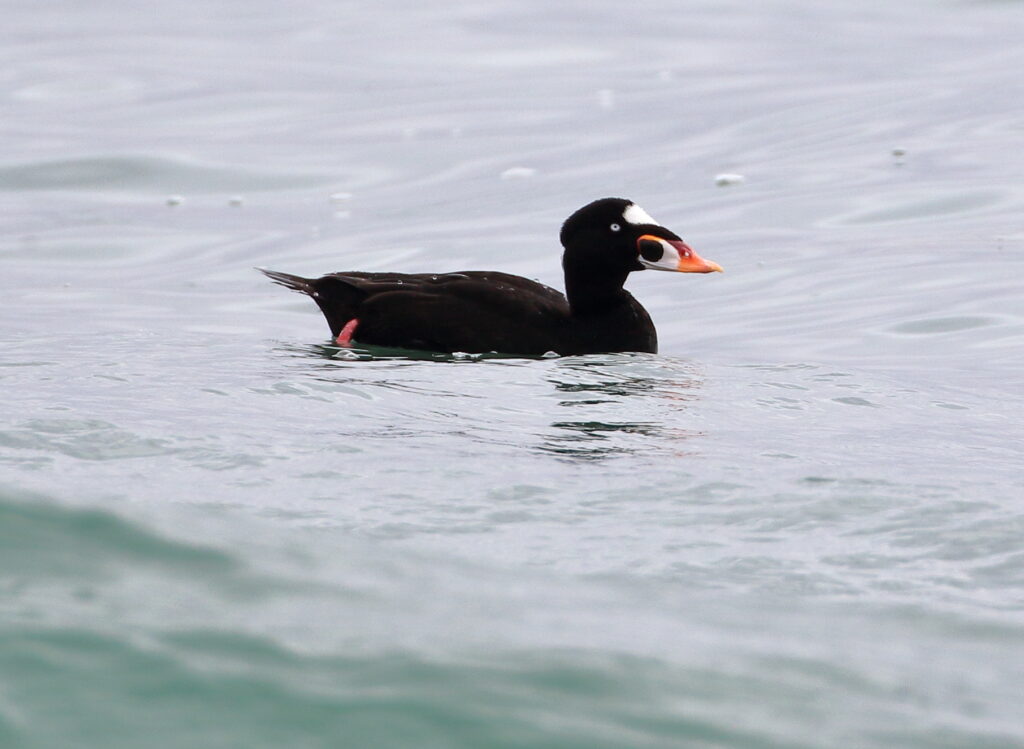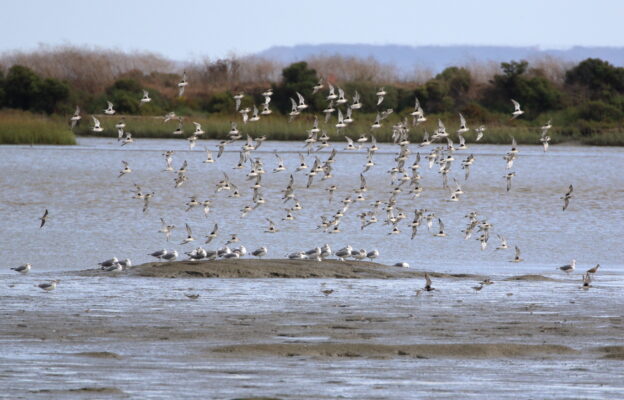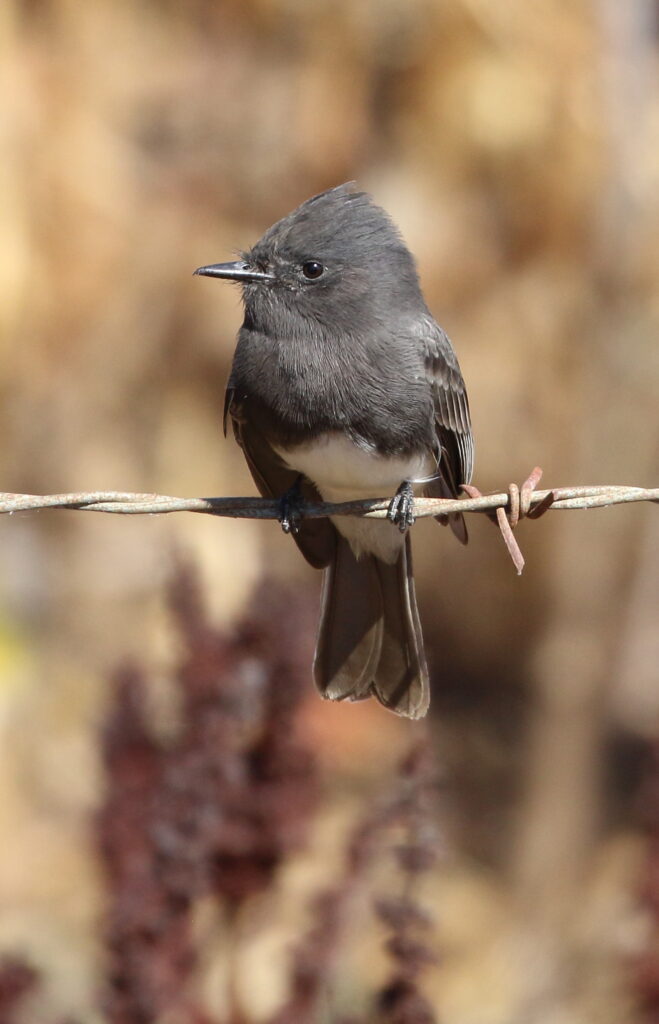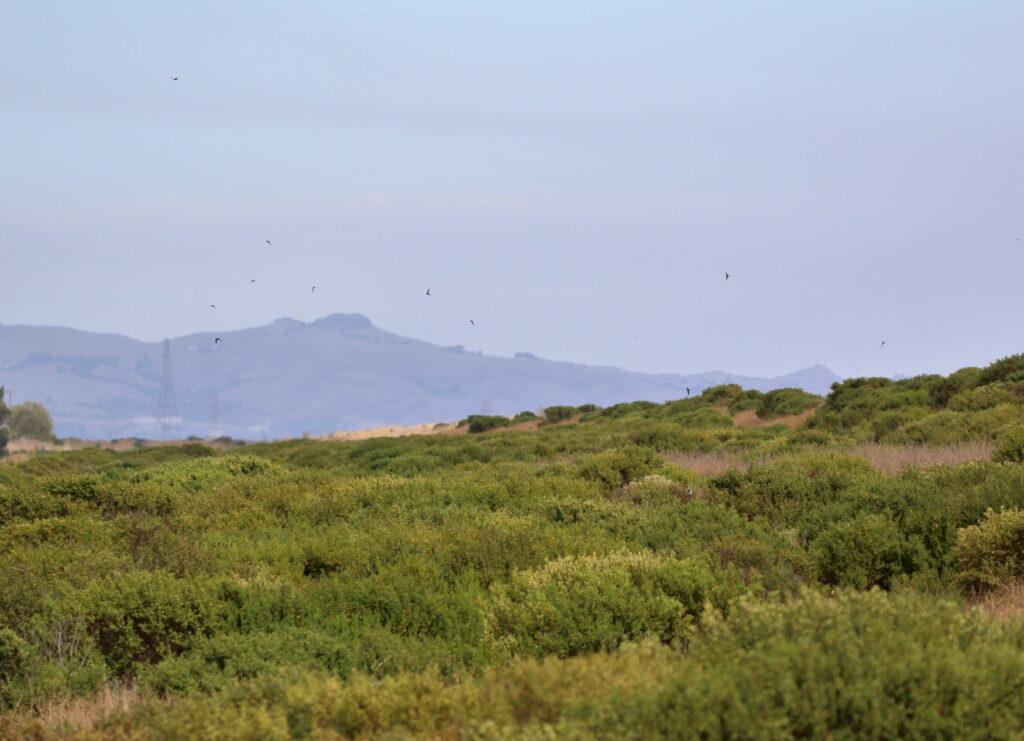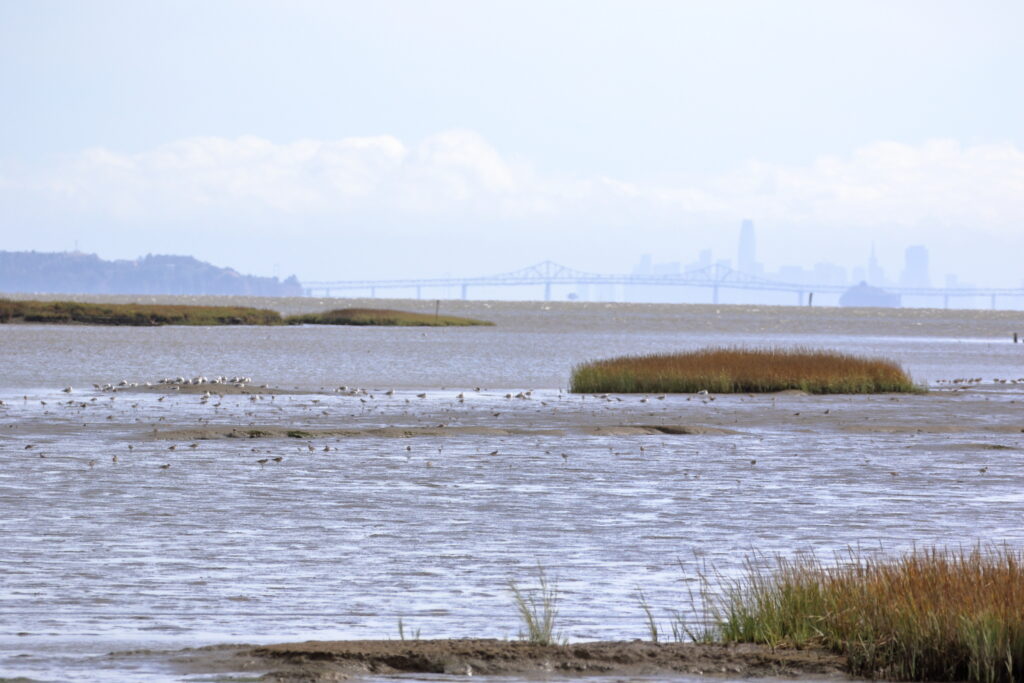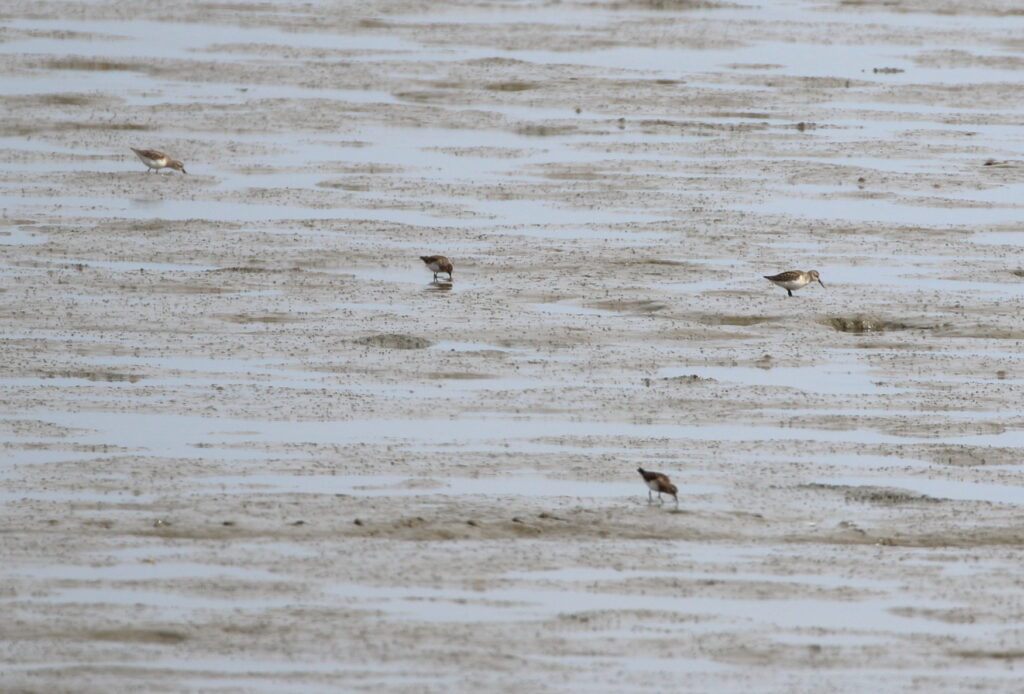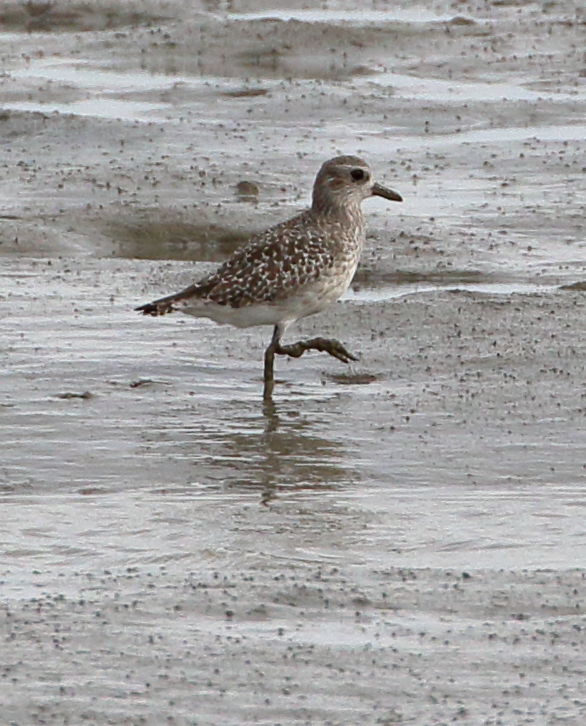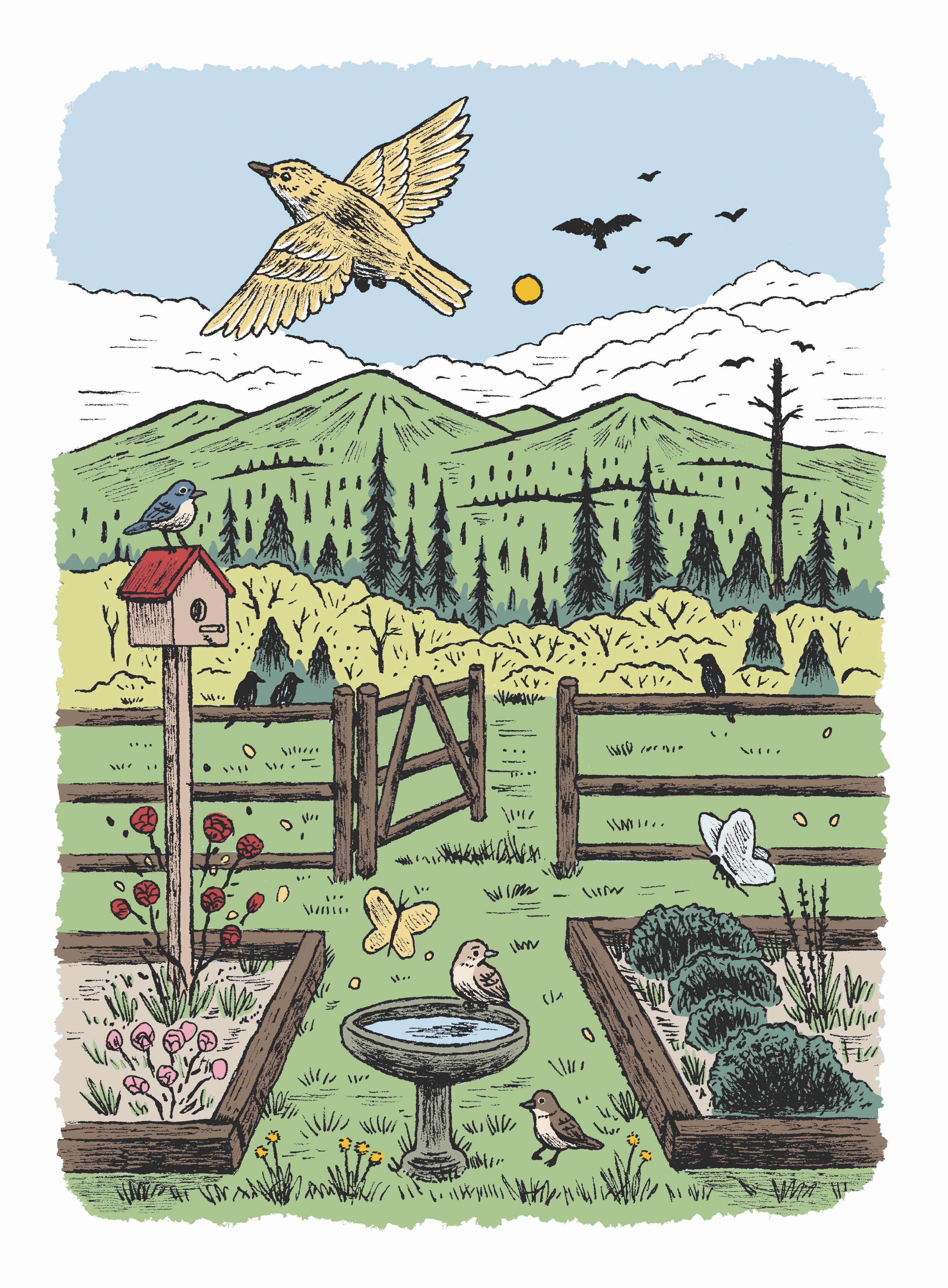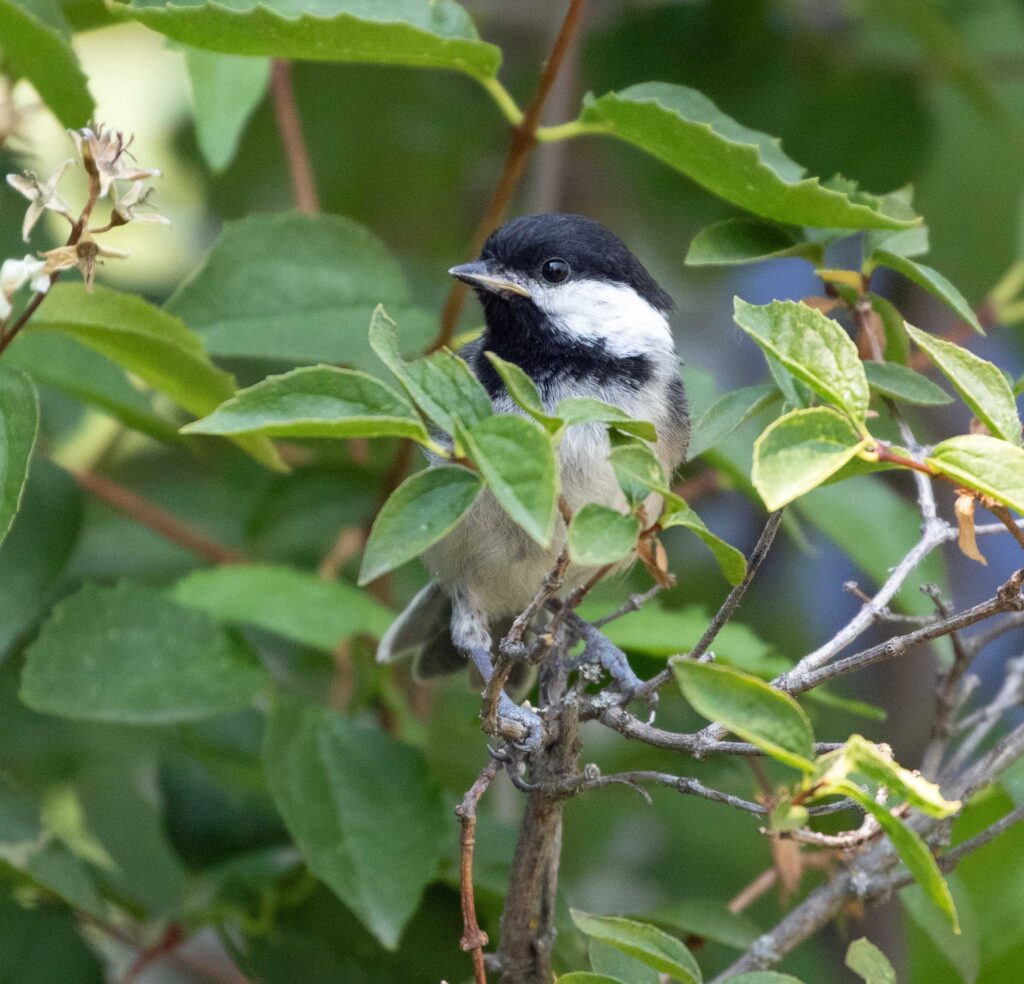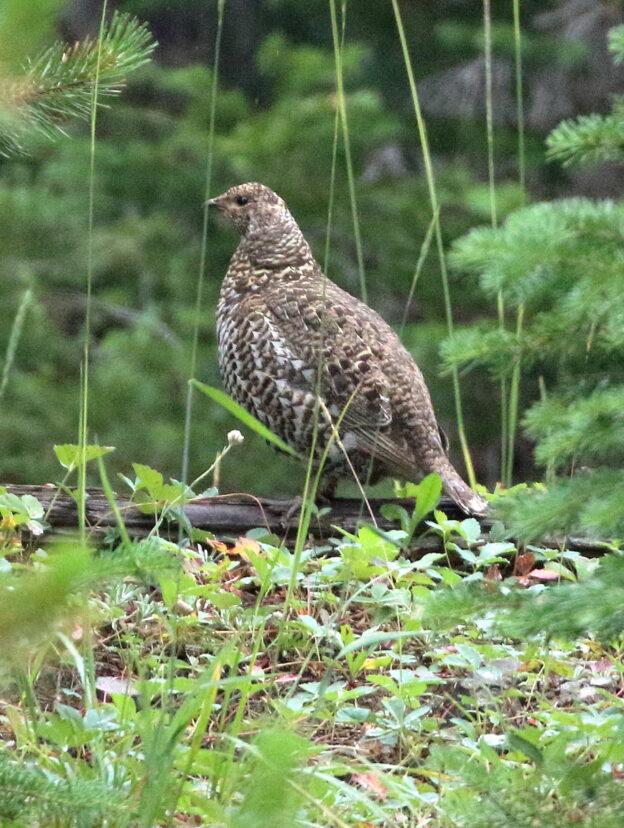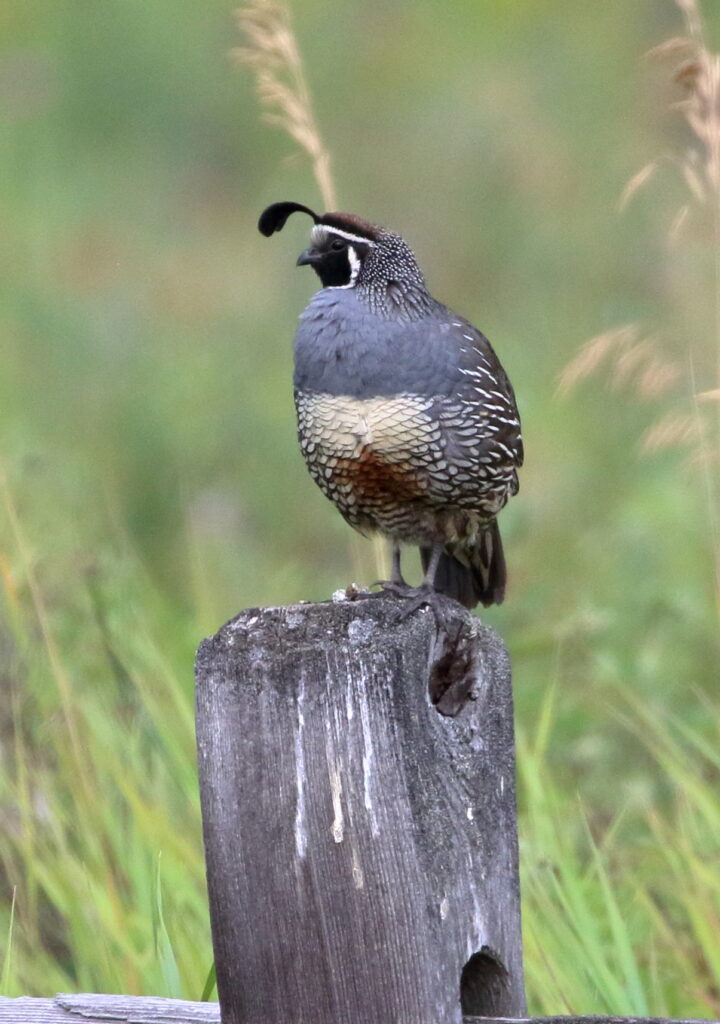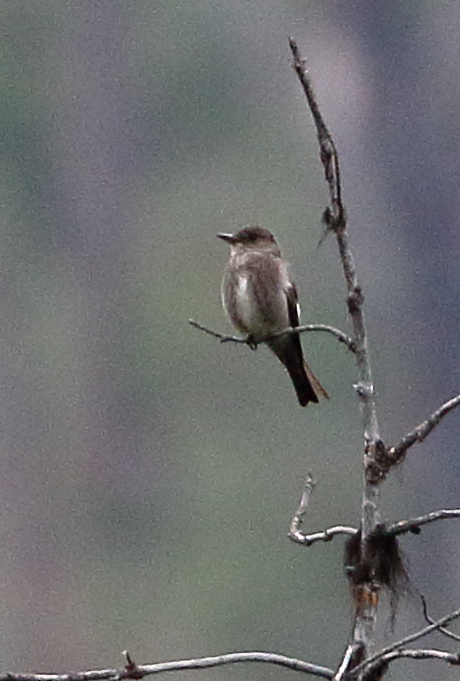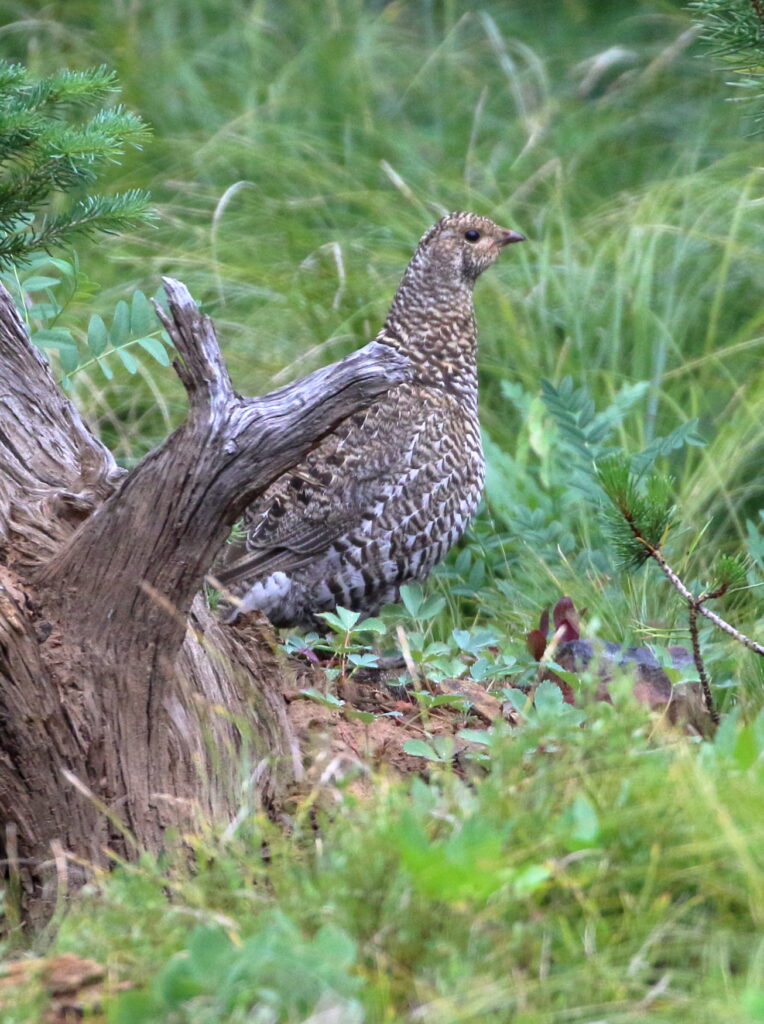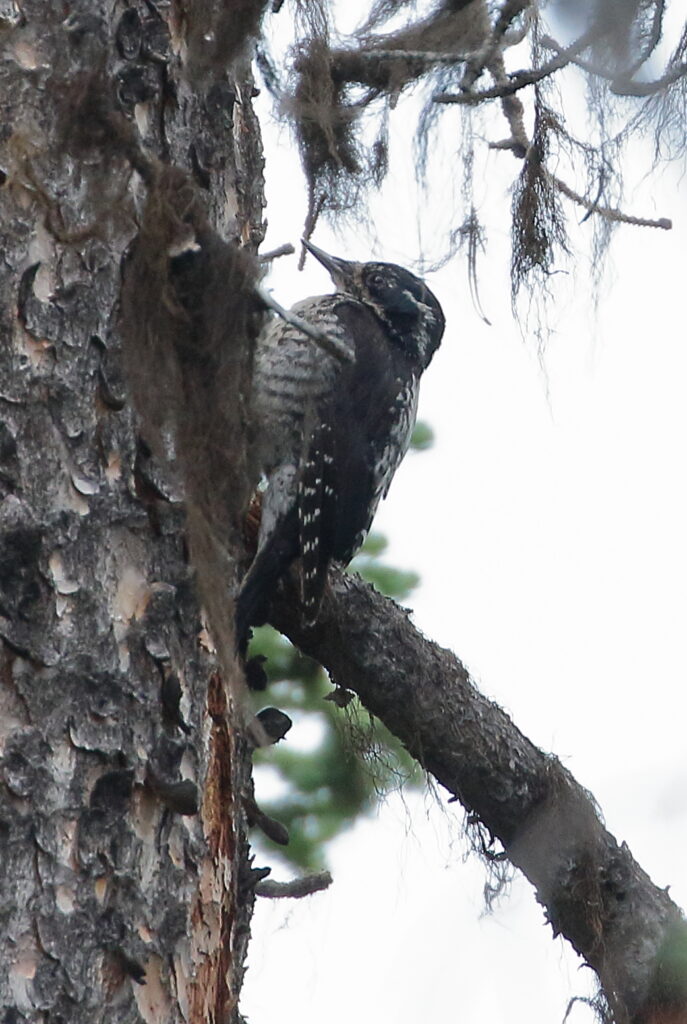With the holiday season screaming up on us, we thought it would be fun to explore some of the best places to browse, find, and buy bird-related books. For most birders, having a library of bird books multiplies the joys of birding. Not only are bird books educational, they are great fun and entertainment. I’m not just talking about field guides, either. Travelogs, scientific studies, memoirs, and natural history accounts all help make up the huge variety of offerings available to birders of all ages, interests, and abilities. The upcoming holiday season presents the perfect opportunity to get a lot of your shopping done while supporting the cool businesses that make publishing bird books possible. Let’s dive in.
For most people the first place to look is your local independent bookstores, many of which have excellent selections both of field guides and other popular bird-related books. If they don’t have something, they can easily order it for you for pick up or delivery to your home. Here in Missoula, we are fortunate to have several indie bookstores including Fact and Fiction, Shakespeare & Co., and The Book Exchange. Some other great Montana indie stores are listed at the end of this post. Don’t know if you have a good indie bookstore nearby? No problem! Simply jump onto the bookstore finder on the Indie Bound website and put in your location. This finder can be found here: https://www.indiebound.org/indie-store-finder.

Especially fun are bookstores that actually specialize in birds and birding. Recently, I had the pleasure of doing book signings at two of these. While visiting my pal Scott in California, I signed my new book Birding for Boomers at Buteo Books. Buteo Books has spent decades building a reputation as the go-to source for birding books. While traditionally a mail-order and online store, new owner Lyzy Lusterman has taken the bold step of opening a brick-and-mortar store in San Rafael. Scott and I were positively giddy looking at the thousands of titles surrounding us and in no time I had plonked down more than $100 on birding books.

The week after my visit to California, I got to meet dozens of indie bookstore owners at the annual convention of the Pacific Northwest Booksellers Association. While in Portland, I also had the chance to sign at the incredible gift store of the Bird Alliance of Portland (formerly Portland Audubon). Like Buteo Books, this store has an amazing collection of bird-related books, not to mention an excellent selection of binoculars and other merchandise. I urge anyone in the area to drop by—and, while you’re at it, go birding on the great hiking trails leading out from the center.
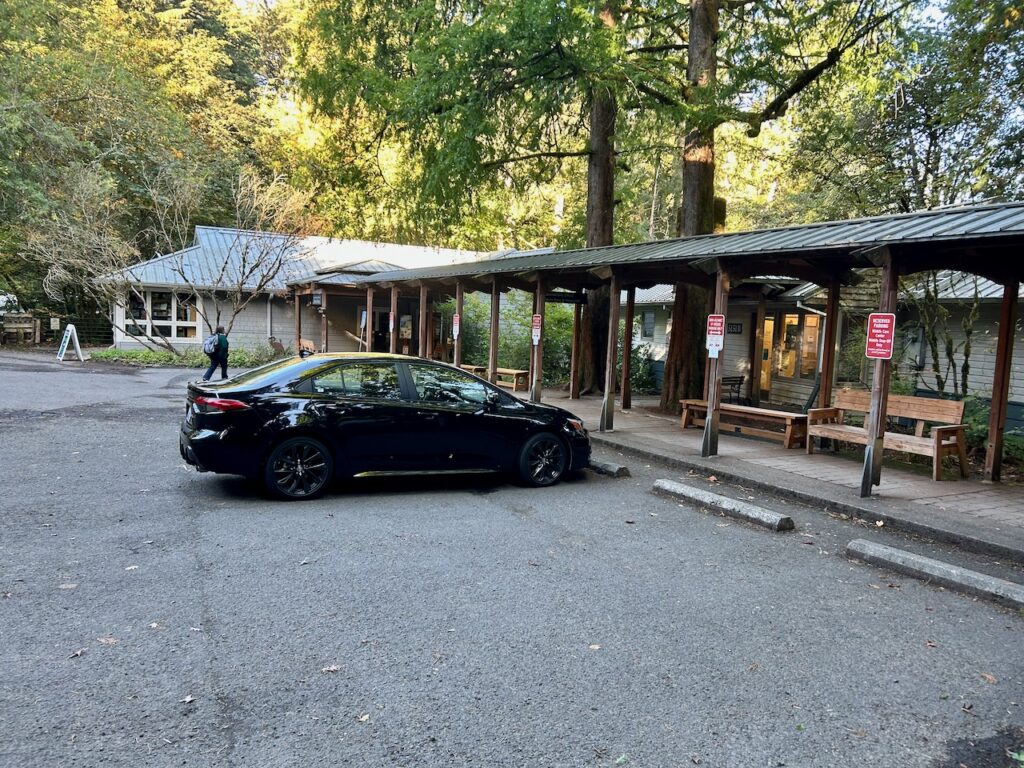
Experienced birders have no doubt realized that a couple of large university presses release more than their fair share of bird-related books. Princeton University Press has a huge variety of field guides and other bird-related books. Better yet, through the end of October it is offering a 70% discount on many of its titles—an incredible markdown that Braden and I have jumped on in the past.
The biggest name in birding, Cornell University, also aggressively publishes field guides and other bird-related books. Check out Cornell University Press here: https://www.cornellpress.cornell.edu/book-listing/?q=birds
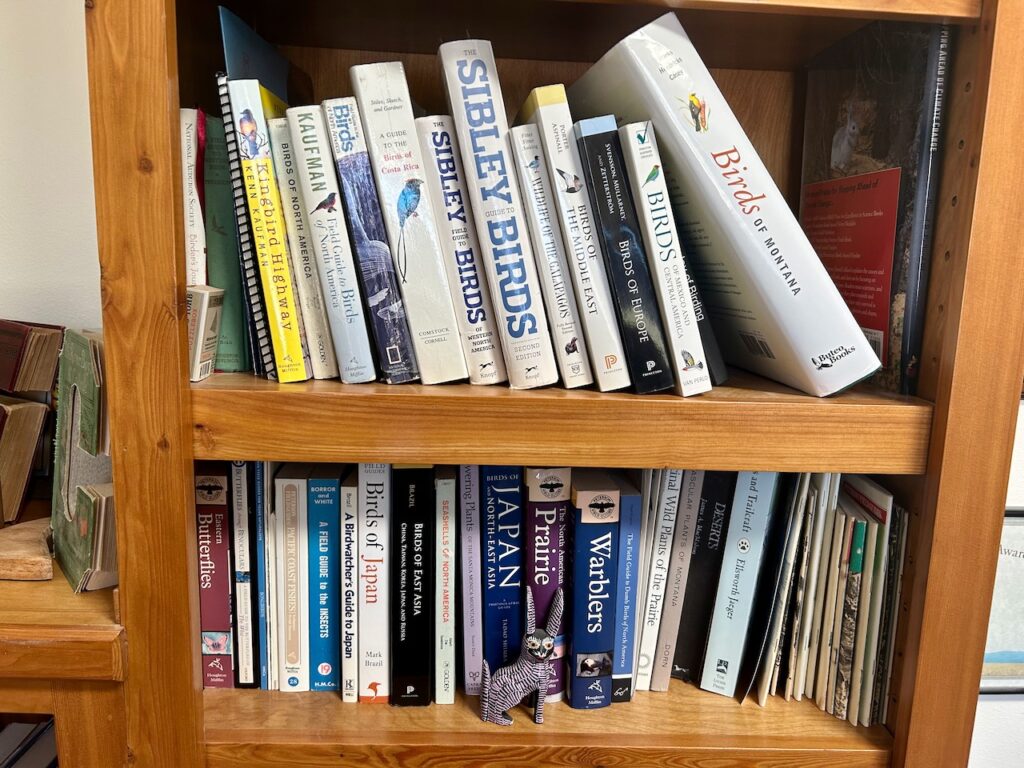
You also will find nice selections of bird books in local birding supply stores such as Birds & Beasleys in Helena, Montana, Backyard Bird Shop in Portland, Oregon and stores that are part of the Wild Birds Unlimited Nature Shops chain. Their store locator site can be found here: https://www.wbu.com/store-locator/
Of course, if you have any questions about Birding for Birders or my other bird-related books, don’t hesitate to reach out.
So that’s it for now. In our next installment, we’ll discuss some of our favorite birding books. Until then, get out there and bird!
Just a Few Other Great Montana Independent Bookstores:
Billings: This House of Books
Bozeman: Country Bookshelf, Isle of Books
Butte: Isle of Books; The Corner Bookstore
Dillon: The Bookstore
Great Falls: Cassiopeia Books
Hamilton: Chapter One Book Store
Helena: Montana Book Company
Livingston: Elk River Books; Wheatgrass Books
Whitefish: Bookworks

